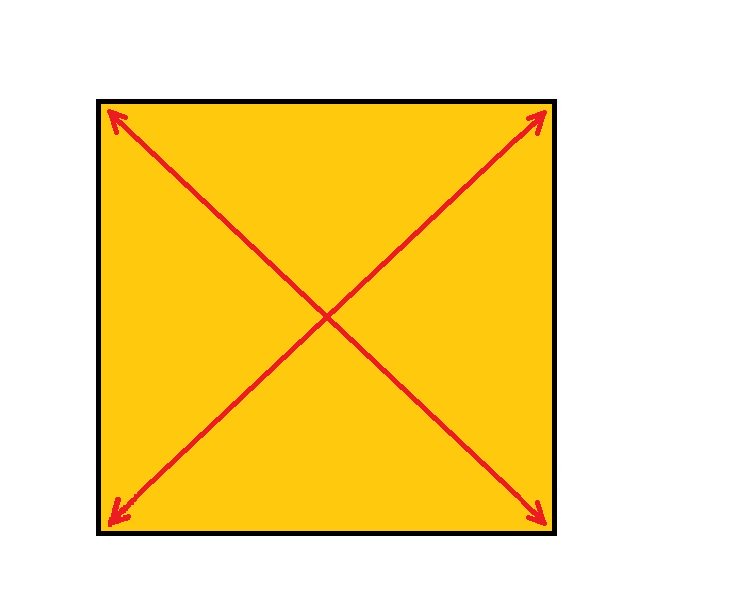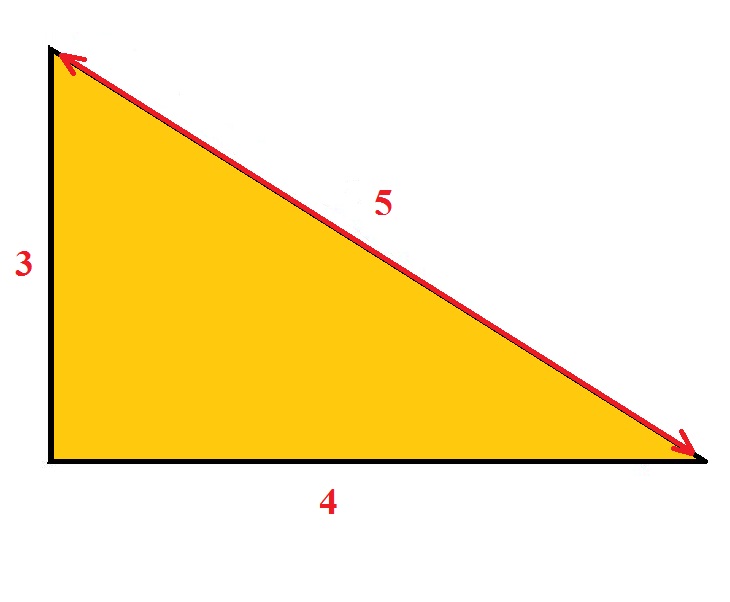How to Check for Square, 90 degree corners
Using the 3 4 5 Rule to build L shape & Square walls, rooms, roofs and more!
Tips on this page cover:
- Why you need to check for square when you build things (mainly to save yourself loads of grief later on..)
- How to square a four sided frame/roof/room/building
- Squaring two sides with the 3 4 5 rule (pythagoras theorum)
- Types of carpenters squares (tools) available
Why is it so important build things perfectly square?
Building things like walls, floors or decking perfectly true, plumb and square is when possible essential. It will help you avoid problems and save lots of time later on and is also the strongest way to practically form structures.
Sometimes like in old houses for example exceptions have to be made. Sometimes you need to 'split the difference', or accept the lesser of two evils and do what you can. In these instances I always imagine what I would do if it were my own place or, which is the least noticeable/most pleasing to the eye.
<p>Building walls square will ensure sheet materials like plasterboard are fast and easy to install. Wall plates need to be square and level in order for the roof rafters to work. Garden decks and floor joists built perfectly square will be much easier to lay flooring/decking on. The list goes on and on, but an extra 10 minutes checking everything's square in the early stages could save you hours or even days later on.
Failing to build things level and true will only lead to headaches and extra work later on. Doors will swing open or closed on their own if you don't install door linings level and square. Miters will be a bastard to get right, and more scribing will need to take place meaning extra work, headaches - and time/cost.
Whilst there are lots of carpentry squares available to check for 90°, when building a large stud-work wall or a garden deck for example these are usually much too small to accurately ensure the structure has perfect 90° corners.
There are two simple and easy to remember methods I use.
How to check for square on a four sided frame
To form a square or rectangle frame both the plates (top and bottom) should be the same length, and all the studs or joists should be the same length as each other as well. Once nailed up, to check the structure is square simply measure from corner to corner.
If the measurements aren't the same, pull the long corner towards the middle of the structure until they even out. Once identical, the framework is perfectly squared. Nail a batten temporarily across three or four joists or studs to hold it square until secured in place.
This is also a good way of checking wall plates are square before fixing them in place before you start cutting roof rafters.

Less than four sides to square? Use Pythagoras theorum
Sometimes you don't have four corners to measure and so a different method is required to check for square right angle corners. This could be for example when building interior walls and setting down L shape wall plates. The picture below tells you all you need to know to check that a frame, wall or other structure is square using the 3 4 5 rule. When you measure down one side 3 and the other 4 the measurement between the two points should always measure 5 if the corner is 90 degrees.
It doesn't matter which unit of measurement you use, as long as you keep it the same for all three sides. It can be 3/4/5mm, 3/4/5 feet, 3/4/5 metres or 3/4/5 miles!
When I use this method to put down two base plates I fix one plate in place and move the other round until I get a perfect '5' and then fix that too.
The reason this works is because of the ancient check for square formula - Pythagorus theorum. That is to say 3 squared, plus 4 squared = 5 squared. 3 x 3 = 9, 4 x 4 = 16. Add them together and you get 25 which is also 5 x 5.

There are also lots of different types of carpenters squares available to check for square on a smaller scale and for marking square lines when setting out.
Have a question or comment about how to check for square?